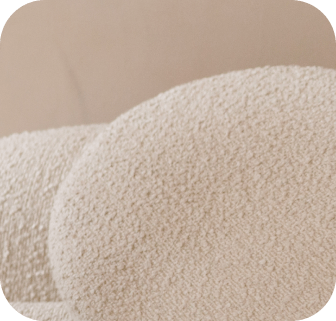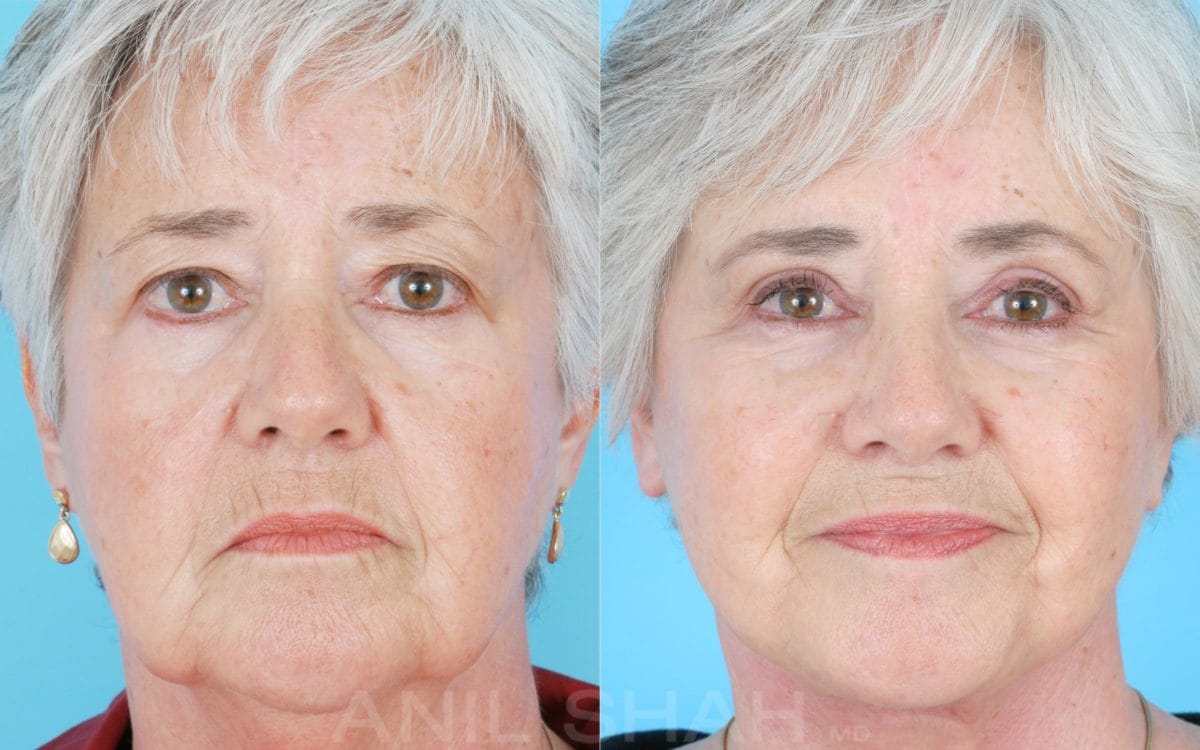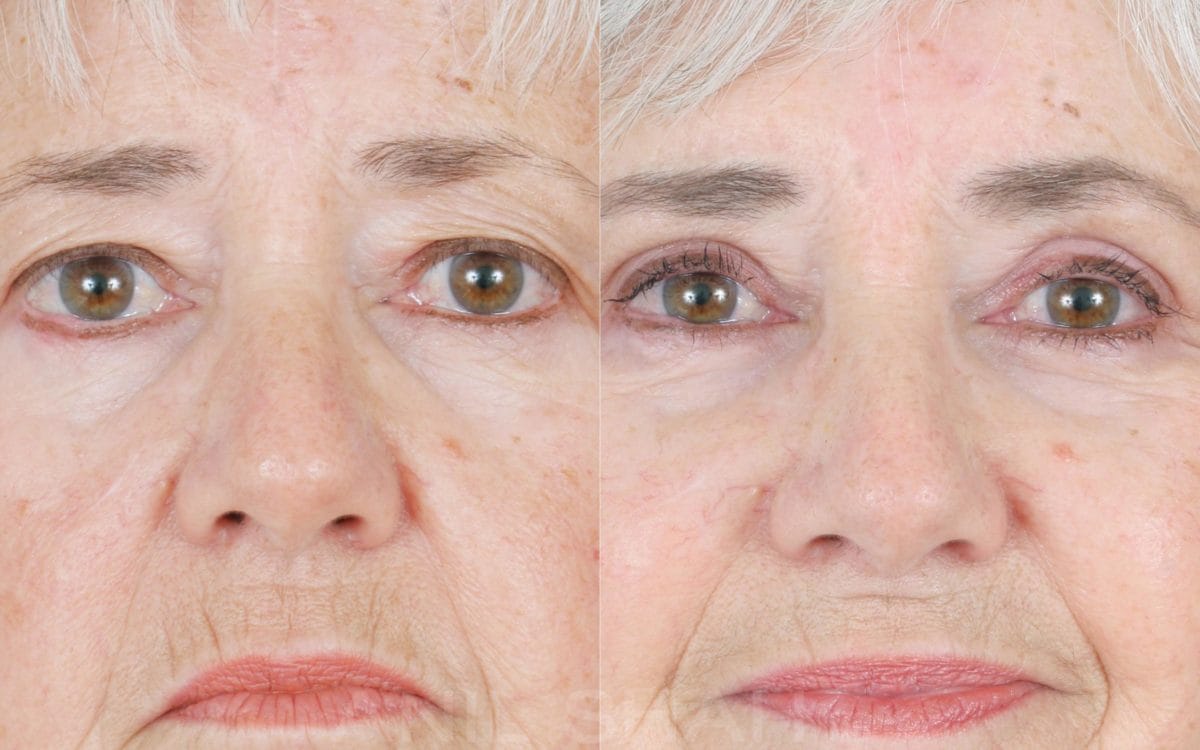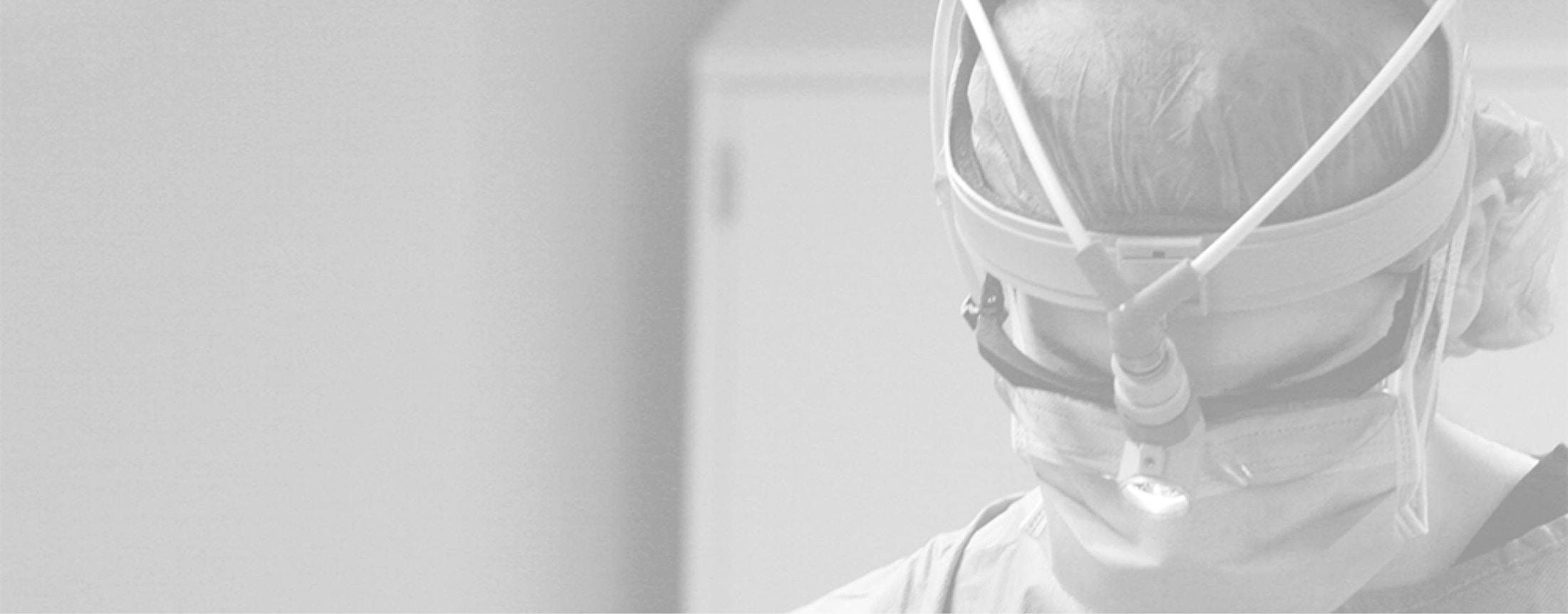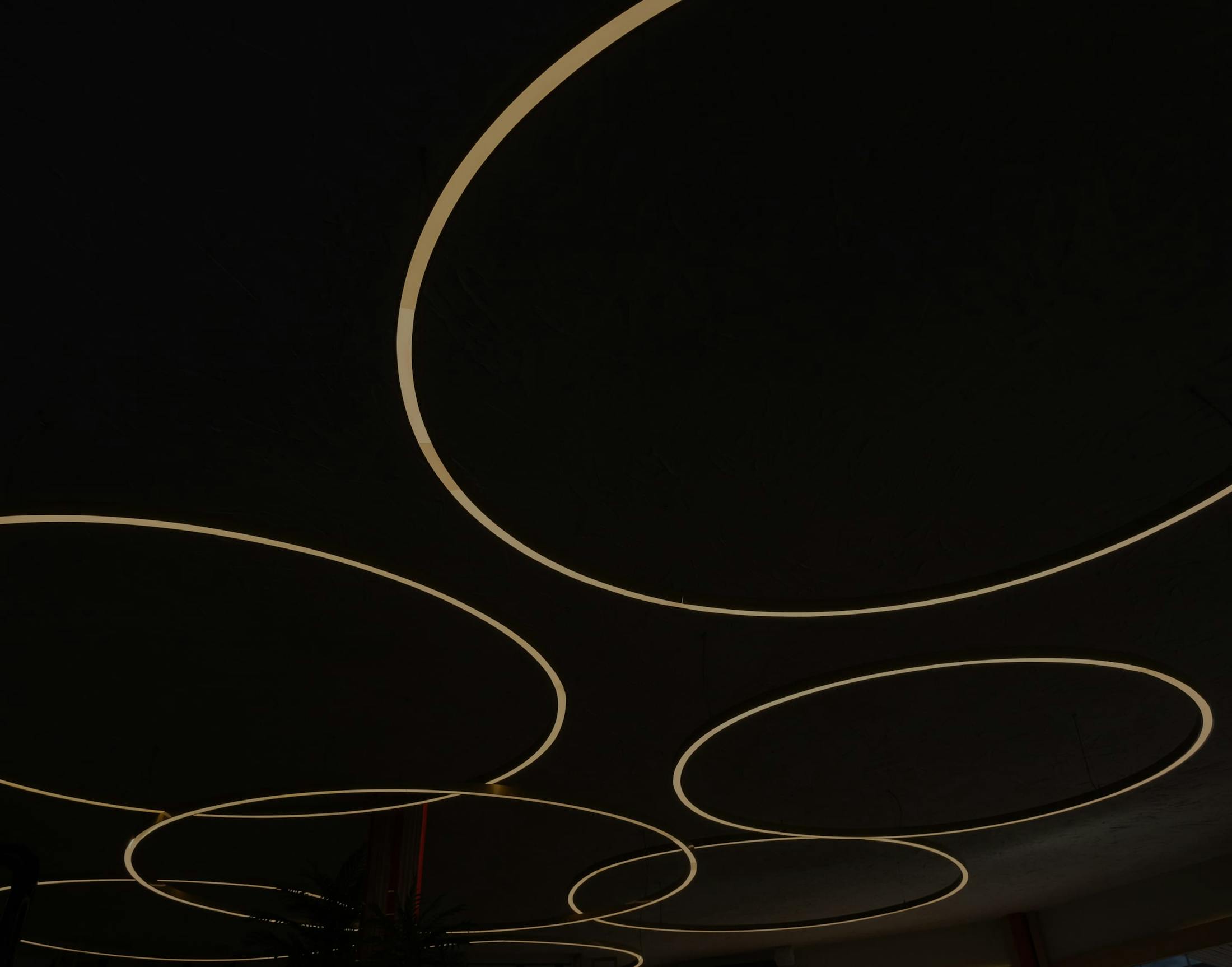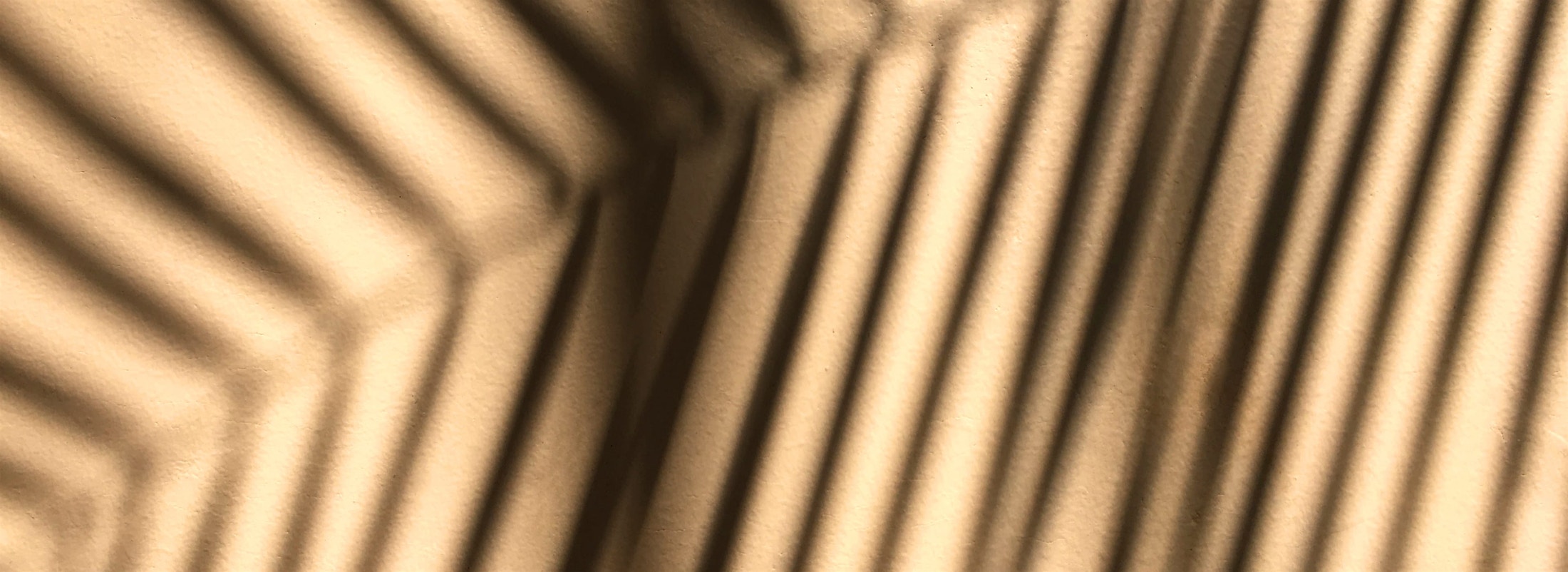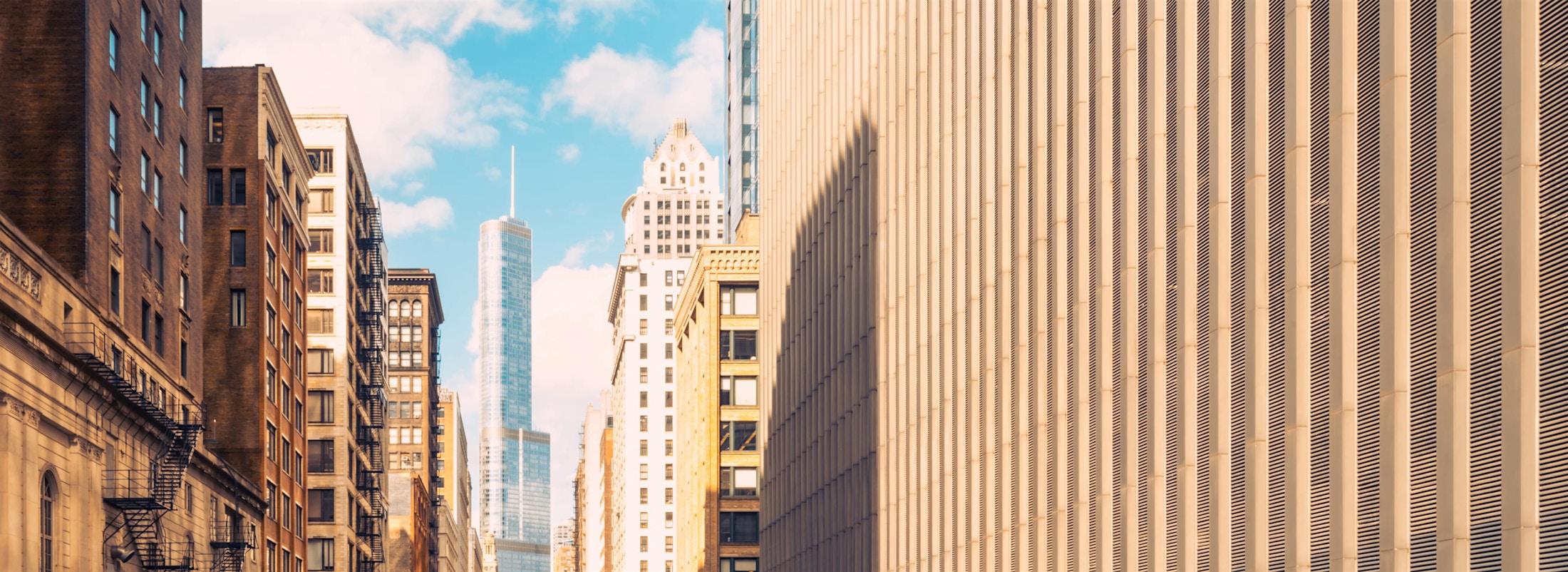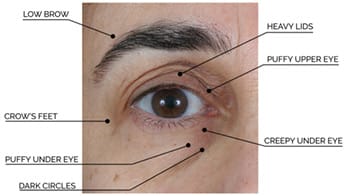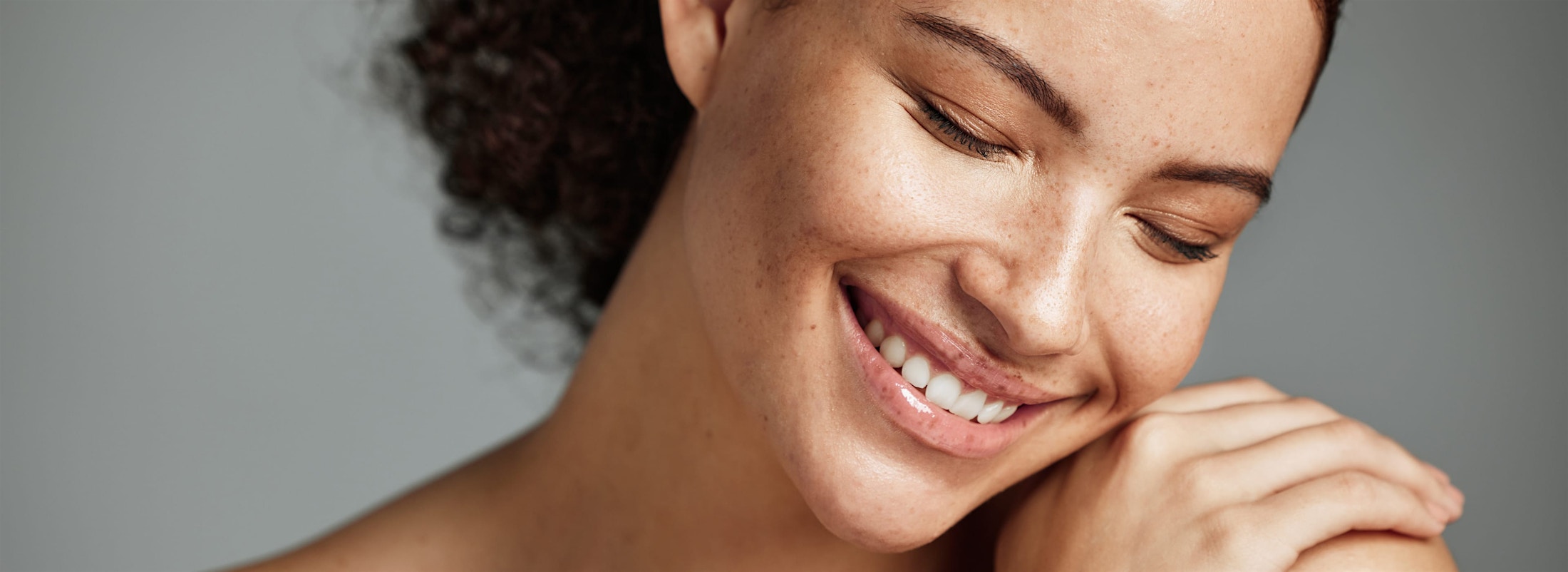How long until my scars become less noticeable?
It is normal for there to be a small amount of redness in the early postoperative period, most scars fade at the 6 month mark.
How long before I see a final result?
There can be some swelling with the eyelid, since the skin is so fragile and delicate. Usually by 3-6 months, the final result can be seen, since most of the swelling has subsided.
How soon can I return to work?
There are a few factors to consider after having a Blepharoplasty procedure. There will be bruising and swelling after the procedure as you heal. It would be best to plan to be able to go back to work two weeks after the surgery.
Will my brows be elevated?
No, this is a separate procedure. An Eyelid Surgery in Chicago is designed to remove excess skin or fat from the eye area. A brow lift is designed to lift the brow. Sometimes, blepharoplasty and brow lift can be combined to reach a more rejuvenated appearance.
Does a blepharoplasty remove crow’s feet?
No, Botox is the best modality to remove crow’s feet.
Is there an age when this procedure is best performed?
It usually depends on the patient. The eye are the first to age, so in some patients it can be performed in their early 30s.
When can I use Latisse after a blepharoplasty?
Latisse can irritate the skin around the eye, so we recommend waiting at least two weeks before starting Latisse.
How can I find out if my doctor is board certified?
For surgeons certified by the American Board of Facial Plastic Surgery, please click here. For surgeons certified by the American Board of Otolaryngology, certification can be verified by calling 713-850-0399.
Where is Dr. Shah’s office located?
Dr. Shah’s office is located in Chicago, IL. at 200 West Superior St., Suite 200.
How much does a blepharoplasty cost?
A blepharoplasty cost can be determined by an evaluation by Dr. Shah. Contact our office for more details.

